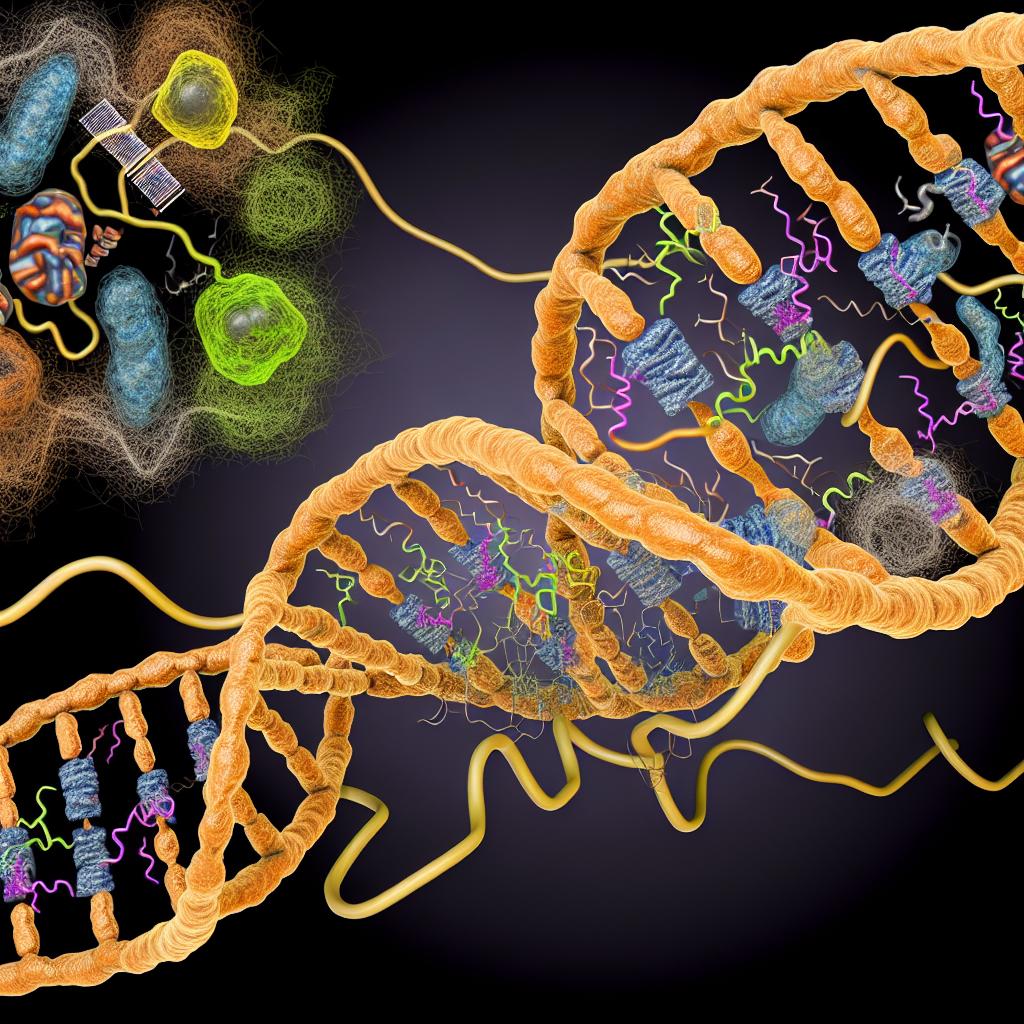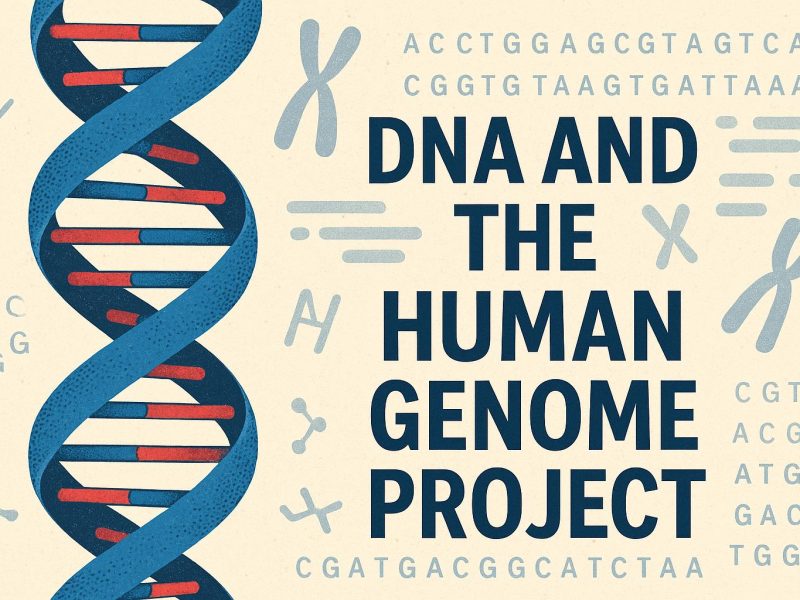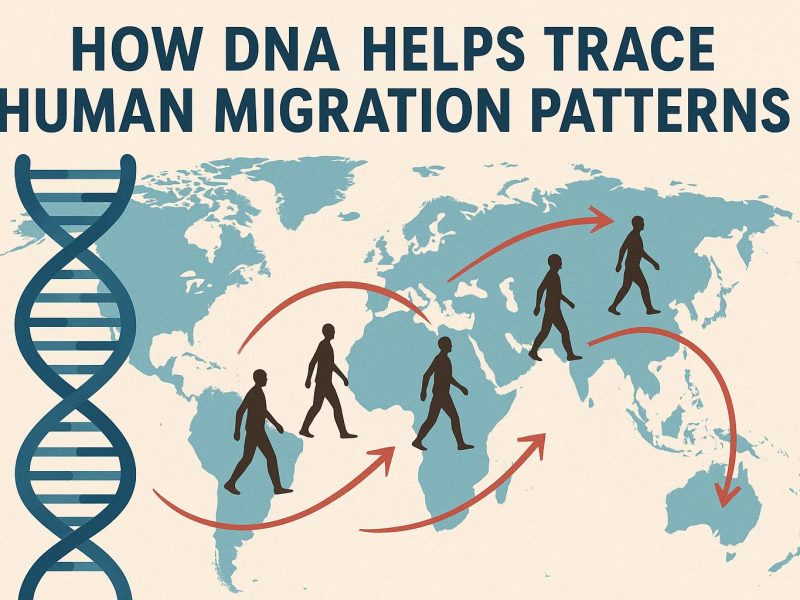Understanding DNA Repair Mechanisms in Cells
Cells are perpetually exposed to a multitude of environmental and endogenous factors that can inflict damage on their DNA. If these damages remain unrepaired, they can lead to a cascade of potential problems, ranging from cellular dysfunction to the emergence of diseases. The origins of DNA damage are diverse, including factors such as radiation exposure, chemical agents, and errors occurring during DNA replication. To uphold genetic stability, cells have developed sophisticated and diverse DNA repair mechanisms.
The Importance of DNA Repair
DNA repair is essential not only to ensure cellular health and longevity but also to prevent an array of diseases, prominently including cancer. The process of rectifying DNA damage is vital for the accurate transmission of genetic information to descendant cells, thereby preserving genomic integrity. Additionally, these repair systems play a pivotal role in defending organisms from various environmental stressors, thereby contributing to their survival and adaptability.
Types of DNA Damage
DNA damage manifests in numerous forms, each necessitating distinct repair pathways tailored to effectively address the specific type of damage encountered:
Single-Strand Breaks (SSBs): These are among the most prevalent forms of DNA damage. They generally arise from oxidative stress, alkylating agents, or spontaneous hydrolysis. The primary pathway responsible for mending these breaks is the base excision repair (BER) pathway.
Double-Strand Breaks (DSBs): Recognized as one of the gravest forms of DNA damage, DSBs can lead to significant genomic instability if not meticulously repaired. Two dominant mechanisms are responsible for their repair: non-homologous end joining (NHEJ) and homologous recombination (HR).
Base Modifications: Various chemical modifications can alter DNA bases, often caused by oxidative agents, alkylating substances, or crosslinking factors. These alterations necessitate correction via direct reversal mechanisms or the BER pathway.
Bulky Adducts: These are large chemical groups that induce significant distortion in the DNA double helix, typically repaired through the nucleotide excision repair (NER) mechanism.
Base Excision Repair (BER)
The BER pathway predominantly addresses small, non-helix-distorting base lesions. The initial step involves enzymes known as glycosylases, which recognize and remove the damaged base, generating an abasic site. This is followed by the action of an endonuclease that incises the DNA backbone at the site, facilitating the insertion of the correct nucleotide sequence by DNA polymerase. The repair process concludes with the sealing of the DNA by DNA ligase, thus restoring the DNA’s integrity.
Nucleotide Excision Repair (NER)
The task of the NER pathway is to eliminate particularly bulky adducts and thymine dimers, which are often induced by ultraviolet light. NER functions by detecting distortions in the DNA helix, excising a short single-stranded DNA segment containing the lesion, and then accurately filling the resulting gap with newly synthesized DNA that is complementary to the undamaged strand. This ensures the proper reconstruction of the DNA sequence.
Mismatch Repair (MMR)
The MMR pathway plays a crucial role in correcting replication errors, such as mispaired bases and small insertion-deletion loops. During DNA replication, the inherent error-prone nature of polymerases can result in mismatched bases. MMR enhances the fidelity of DNA replication by recognizing and excising the mismatched section, ensuring accurate genetic information transmission to subsequent cellular generations.
Double-Strand Break Repair
Double-strand breaks (DSBs) are uniquely challenging forms of DNA damage, given the potential for severe genomic instability. Two primary pathways have evolved to address the repair of DSBs:
Non-Homologous End Joining (NHEJ): Predominantly utilized in mammalian cells, the NHEJ pathway reconnects broken DNA ends without the requirement of a homologous template. While this allows for efficient repair even in non-dividing cells, it also renders the process susceptible to errors, potentially introducing mutations.
Homologous Recombination (HR): Unlike NHEJ, HR provides an error-free repair mechanism by using a sister chromatid as a template. This pathway is mainly operational during the S and G2 phases of the cell cycle, when a replicated copy of the DNA is available to guide accurate repair.
Conclusion
The proficiency of DNA repair mechanisms is pivotal for maintaining cellular function, ensuring genetic fidelity, and preventing disease onset. The comprehensive understanding of these complex processes remains a focal point of extensive scientific research. Insights into DNA repair pathways are indispensable, not only for elucidating the intricacies of cellular homeostasis but also for informing the development of therapeutic interventions. In particular, modulating these pathways holds significant promise in the context of cancer treatment, where targeted therapies could potentially enhance treatment efficacy by overcoming resistance mechanisms. For further exploration and in-depth information on DNA repair processes, authoritative resources such as Nature or NCBI offer comprehensive databases and scientific articles.



